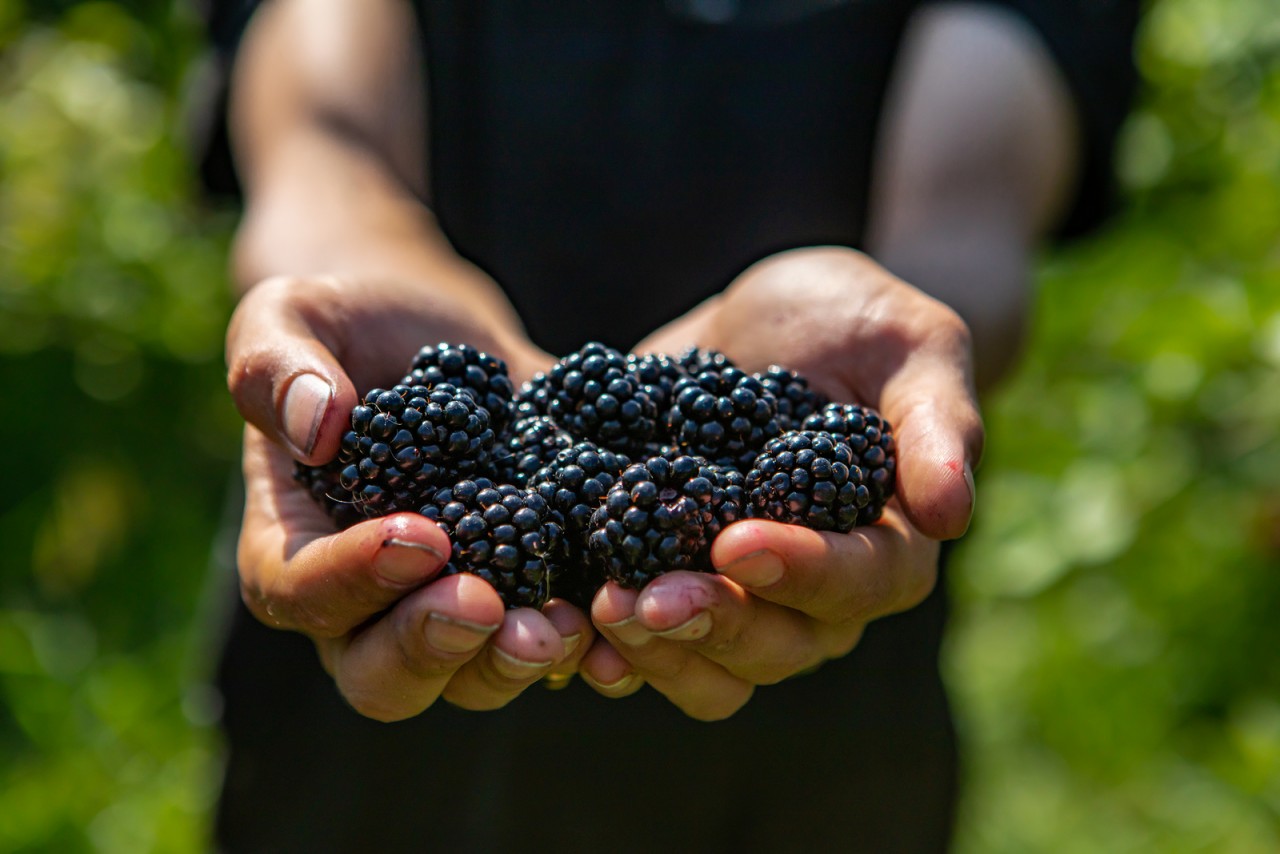One of the things that I love most about gardening is getting to eat and drink through the seasons. I can almost hear you saying right now, “There is nothing like a homegrown tomato!” If you compare a vine-ripened tomato to one that you purchase in a supermarket there is no comparison.
It wasn’t until a few years ago that I learned to what extent store tomatoes were strategically selected, artificially manipulated and heavily marketed. Quite honestly, it was a bit disappointing.
Instead of a producer growing a variety that might have the best flavor, the variety is oftentimes selected for its ability to travel well while being shipped around. It may not have that delicious flavor from your childhood, but it does have the ability to arrive at your local store without being bruised or spoiled. That carefully grown tomato was picked green, given a good dose of ethylene gas to force coloration and looks very delicious on your grocers’ shelf under bright lights.
I do understand why our hard-working producers must grow and sell under these terms. They have a lot invested and are doing their best to provide tomatoes for the masses. If they chose a delicate variety that had a short shelf life and couldn’t hold up to all of the handling, they wouldn’t be in business long, and the public wouldn’t have tomatoes available year-round.
A lot of the other produce that we purchase from supermarkets is processed in the same manner. It is grown for performance, picked prematurely, gassed, waxed, shellacked, polished, preserved in a solution or cleverly packaged, and I want to be clear, I’m thankful that it’s there for us. I’m just describing the reality. We are so accustomed to having food on demand that it rarely occurs to us that what we’re eating might be completely out of season.
There are times when people do think about the seasonality of their food. When fall is in the air, people begin to think about pumpkins. In 2019, the Business Insider said, “Starbucks is bringing back the Pumpkin Spice Latte (PSL) earlier than ever before. The iconic PSL will hit menus on Tuesday, August 27. That would be the earliest Pumpkin Spice Latte launch that America has ever seen. Typically, the Pumpkin Spice Latte returns right around Labor Day weekend. Last year (2018), the drink launched on August 28.” Even if we demonstrate it in somewhat of a distorted fashion, as a society, we do show trends of wanting seasonal flavors.
Deciding to eat and drink through the seasons is a paradigm shift. It means that you choose to consume what grows and is produced in your local area during the season that you’re currently in.
Here are a few benefits that you might find helpful to seasonal eating:
- The taste is delicious. When produce, herbs and flowers are in season, and in rhythm with nature, they taste incredible! You’re cheating yourself if you don’t try it.
- There’s a larger selection to choose from. The variety is greater because home gardeners and small farmers are able to grow fruits and vegetables based on taste and nutrition rather than shipping performance and other factors. You might discover some heirloom varieties that you never knew about.
- What you are consuming is more nutritious. When plants are at their peak they are packed with vitamins, minerals, phytochemicals and other constituents that are, at times, better than some medicines.
- More affordable. Oftentimes, you can find seasonal foods growing near you for a very nominal price or even free. By growing some of your own, supporting local farms, foraging and learning a few simple food preservation techniques, you can build a substantial pantry for pennies.
In Ecclesiastes 3, God says that there is “An appropriate time for everything,” and throughout His Word, we see order. Some may debate that eating through the seasons is “right” Perhaps this isn’t a right versus wrong issue but rather one of good, better or best. Blackberries are best at a certain time for a reason, and getting to enjoy them in their moment of perfection is a blessing. If you’re in Oklahoma, eat the blackberry in June!





